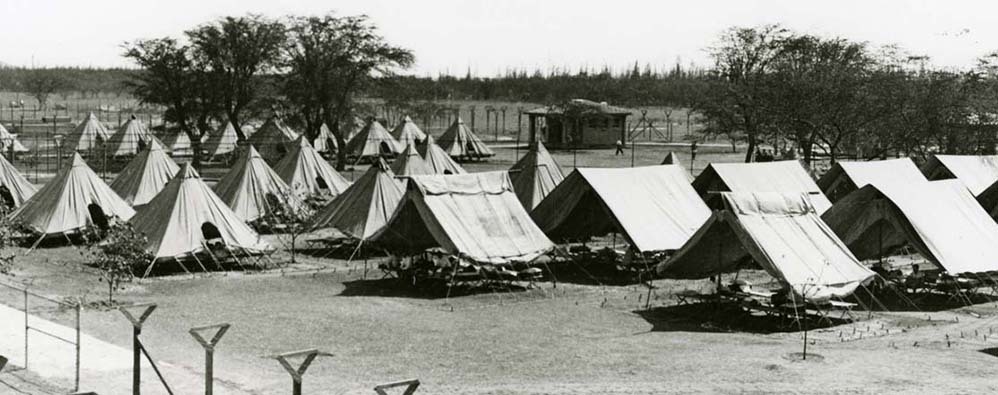
Curriculum covering the internment during World War II was developed by a team of educators, as part of several grants from the Education through Cultural and Historical Organizations (ECHO); the Department of the Interior, National Park Services, Historic Preservation Program; and the State of Hawai‘i Department of Land and Natural Resources, State Historic Preservation Division. The instructional material, intended for high school students, is designed to support the curriculum on internment for the following classes — Modern History of Hawai‘i, Participation in Democracy, and United States History. The materials are aligned with appropriate Hawai‘i Content & Performance Standards III benchmarks. Content has been updated in 2023
Hawai‘i Internment - Modern History of Hawai‘i Curriculum (UPDATED FEB 2024)
Hawai‘i Internment - U.S. History Curriculum (UPDATED 2013)
Hawai‘i Internment - Participation in Democracy Curriculum (UPDATED 2013)
